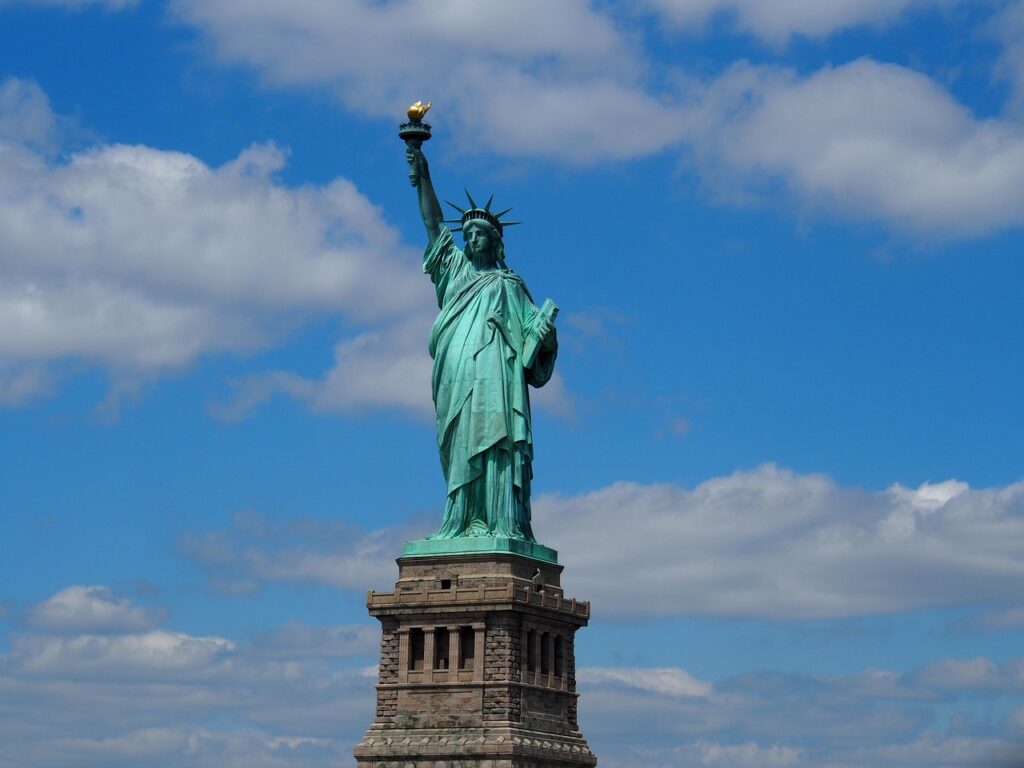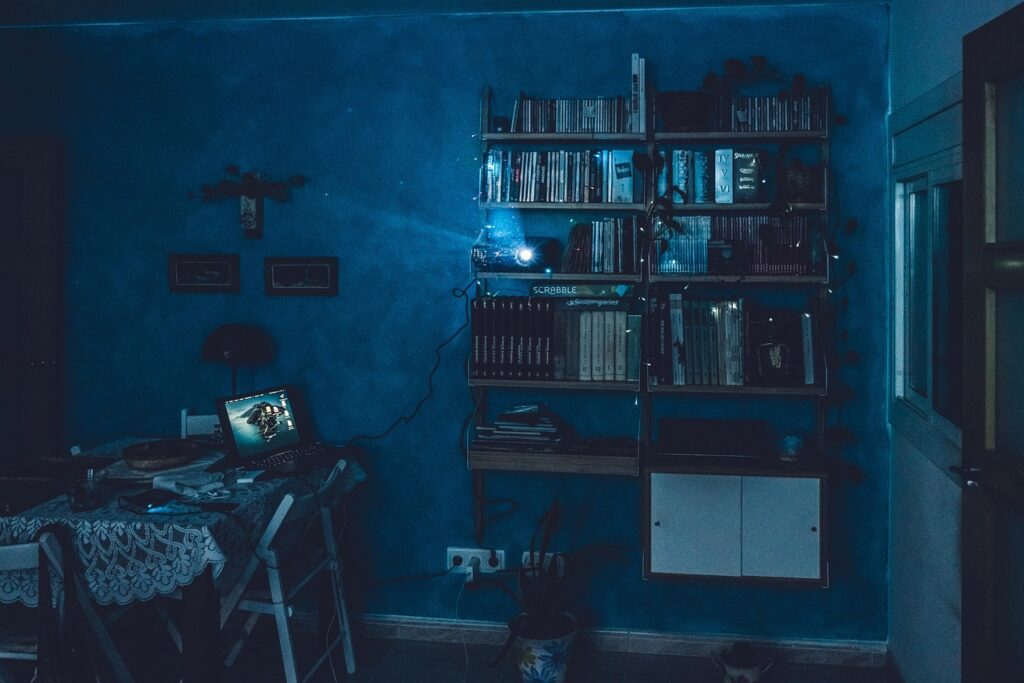
You know that feeling, right? That shiver down your spine, the gasp caught in your throat, the sudden quiet in the cinema as a scene unfolds that just… *gets* you. Whether it’s a moment of pure terror, a heartbreaking realization, an awe-inspiring visual, or a twist that completely recontextualizes everything you thought you knew, cinema has this incredible capability to elicit strong emotions. These aren’t just fleeting feelings; they’re moments that are etched into cinematic history, staying with us long after the credits roll.
We’re talking about those unforgettable sequences that have stunned viewers into silence, leaving jaws on the floor and minds blown. The magic of motion pictures manifests in many forms, casting its spell over an entranced auditorium. The best movies bring out the best reactions, and by no means does chilling equate to fear-inducing. It can be something as simple as a solitary word of dialogue, a tense exchange, a rug-pulling twist, or a scene that lands with the impact of a punch to the gut.
So, buckle up, movie buffs! We’re about to embark on an epic journey through some of the most powerful, goosebump-inducing scenes ever to grace the silver screen. We’ve combed through the annals of classic Hollywood and beyond to bring you a definitive list of moments that continue to give us chills every single time we watch them. Fair warning: spoilers ahead, but trust us, these moments are too legendary not to discuss!

1. **No Place Like Home: A Technicolor Dream and a Heartfelt Awakening in *The Wizard of Oz***Talk about a movie that starts with a bang – or rather, a dazzling splash of color! When Dorothy Gale opens the door and her world is suddenly filled with glorious Technicolor, movie audiences the world over were dazzled. It’s an iconic moment that still shines, but it’s the profound ending of *The Wizard of Oz* that truly sinks its hooks into your heart and refuses to let go. That moment where Dorothy must leave Oz and finally return home is pure emotional gold.
After her tearful goodbye to her newfound friends, she wakes up in her old bedroom with a bump on her head. The fantastical journey to Oz, the Wicked Witch, the Scarecrow, the Tin Man, and the Cowardly Lion – it was all just a dream. This realization hits like a gentle, bittersweet wave. It grounds the entire whimsical adventure in a very human experience, making it relatable to anyone who’s ever longed for something more, only to find solace in what they already have.
But here’s the kicker: Oz was just a dream, but it taught her the most important lesson. Her realization that she always had what she needed hits hard no matter how old you are. It’s a quiet, powerful chill, not of fear, but of profound understanding and connection. The film beautifully articulates that sometimes the greatest discoveries are about appreciating the familiar, and that home isn’t just a place, but a feeling you carry within you.
The enduring power of this scene lies in its universal message. We all yearn for adventure, for something magical beyond our everyday lives. Yet, the true magic often resides in the lessons learned and the quiet comfort of our own foundations. Dorothy’s simple, heartfelt utterance of “There’s no place like home” becomes an anthem, a deeply resonant truth that reminds us to cherish the love and security that surround us, making it a moment that truly gives us the good kind of chills.
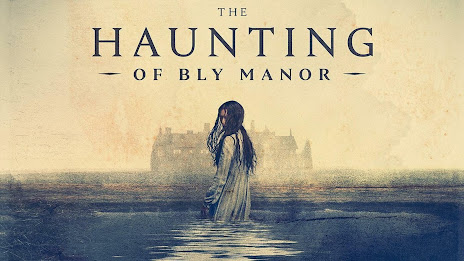
2. **The Haunting Grandeur: Norma Desmond’s Delirious Descent in *Sunset Boulevard***Step into the shadowy, opulent world of Norma Desmond, a character so captivatingly tragic she still haunts our collective cinematic consciousness. Gloria Swanson plays what could be considered a funhouse version of herself in *Sunset Boulevard*, bringing to life a former silent actress whose career had withered with the advent of sound. Her character, Norma Desmond, refuses to fade quietly, clinging desperately to the illusion of her former glory, a delusion that ultimately consumes her.
As the film tragically climaxes, Norma has totally surrendered to her fantasies. The lines between her theatrical past and her grim reality completely blur. She makes a grand descent down her staircase to greet the police and reporters who have amassed at her home. It’s a moment of terrifying, delusional beauty, as she believes they are there to capture her triumphant return to the silver screen, not to arrest her for murder.
Then comes the line that sends shivers down every film lover’s spine, echoing through the corridors of cinematic history: “I’m ready for my closeup.” This immortal line is both creepy and heartbreaking, a chilling testament to her complete break from reality. She is totally gone, thinking they’re there to make a movie, not to arrest her. It’s a profound moment of delusion, revealing the devastating cost of an ego unchecked and a past that simply won’t let go.
The scene concludes with Norma creeping slowly toward the camera, making direct eye contact with us as the screen blurs and fades. It’s a masterclass in psychological horror, not through jump scares, but through the slow, terrifying unraveling of a mind. The chill here is the unsettling realization of how deeply one can fall into a self-created fantasy, transforming a former star into a monument of madness. It leaves us pondering the dark side of fame and the fragility of the human psyche.
3. **An Offer You Can’t Refuse (Or Recover From): The Horse’s Head in *The Godfather***When we talk about classic movie moments that deliver an unforgettable punch, *The Godfather* inevitably comes up, and for good reason. Francis Ford Coppola’s epic crime saga is rife with iconic scenes, but few pack the visceral, chilling impact of the infamous horse’s head sequence. It’s a scene that defines the Corleone family’s power and ruthlessness without spilling a single drop of human blood on screen, truly a masterful stroke of storytelling.
The setup is deceptively simple: Don Vito Corleone wants to help his godson’s singing career, but a greedy film mogul stands in the way, sabotaging his efforts. Don Vito sends his consigliere, Tom Hagen, to deal with the situation. Hagen attempts to reason with the mogul, but the man remains stubbornly defiant, believing himself untouchable. What follows is a brutal demonstration that in the world of the Corleones, no one is truly untouchable, especially when family is involved.
The chill comes swift and hard. The mogul wakes up in his luxurious bed, only to find his blankets full of blood. It’s not his own blood, no, that would be too simple. It belongs to his beloved horse, whose head has been placed at the foot of his bed. The masterful reveal, cutting abruptly to the horrific sight, followed by the studio mogul’s anguished screams, is chilling to the bone. It’s a moment designed to make your stomach drop and your jaw clench.
This scene sends a clear, unequivocal message: Don Vito Corleone is willing to go to extreme lengths to get what he wants, and to protect his own. It’s a powerful, unsettling illustration of violence and intimidation, delivering evidence of how dangerous these seemingly polite guys are without having to show them do the dirty work on camera. The sheer audacity and symbolic terror of the act solidify its place as one of the most iconic, shocking, and deeply chilling moments in cinematic history.

4. **The Unhinged Prophet: Howard Beale’s ‘Mad As Hell!’ in *Network***Imagine a world where the lines between news and entertainment blur so completely that a network profits from a man’s mental breakdown. Sounds a bit too familiar, doesn’t it? *Network*, released in 1976, was shockingly prescient, and its most famous scene captures a moment of raw, unadulterated public fury that continues to resonate with chilling accuracy today. It’s a moment that proves outrage can be a powerful, and profitable, commodity.
The scene unfolds as news anchor Howard Beale begins to have a nervous breakdown on air. Instead of pulling him off, his shrewd producers do the only sane thing *they* can think of: they monetize it. They put him on air every night, allowing Beale to rant and rave at the American public about his own disillusionment with the world. And guess what? The ratings explode! It’s a cynical, brilliant commentary on the media circus and our hunger for authentic, no-holds-barred emotion.
In the movie’s most famous scene, Beale, utterly fed up with the state of everything, gives a directive to his viewing audience. With a voice cracking with exasperation and a face contorted in frustrated anger, he bellows: “I’m as mad as hell, and I’m not going to take this anymore!” It’s a primal scream that taps into a universal vein of discontent. And what happens next is truly chilling in its depiction of mass contagion.
People start to resonate with his anger so much that they actually follow his instruction. They yell out of their windows about how mad they are at the state of the world. His outrage becomes contagious until all the country seems to be yelling with him. It’s a moment of collective catharsis that’s both exhilarating and terrifying, a stark portrayal of how easily public sentiment can be manipulated and how quickly a shared frustration can ignite. The chill here is the uncomfortable recognition of ourselves, and our society, reflected in Beale’s furious mirror.
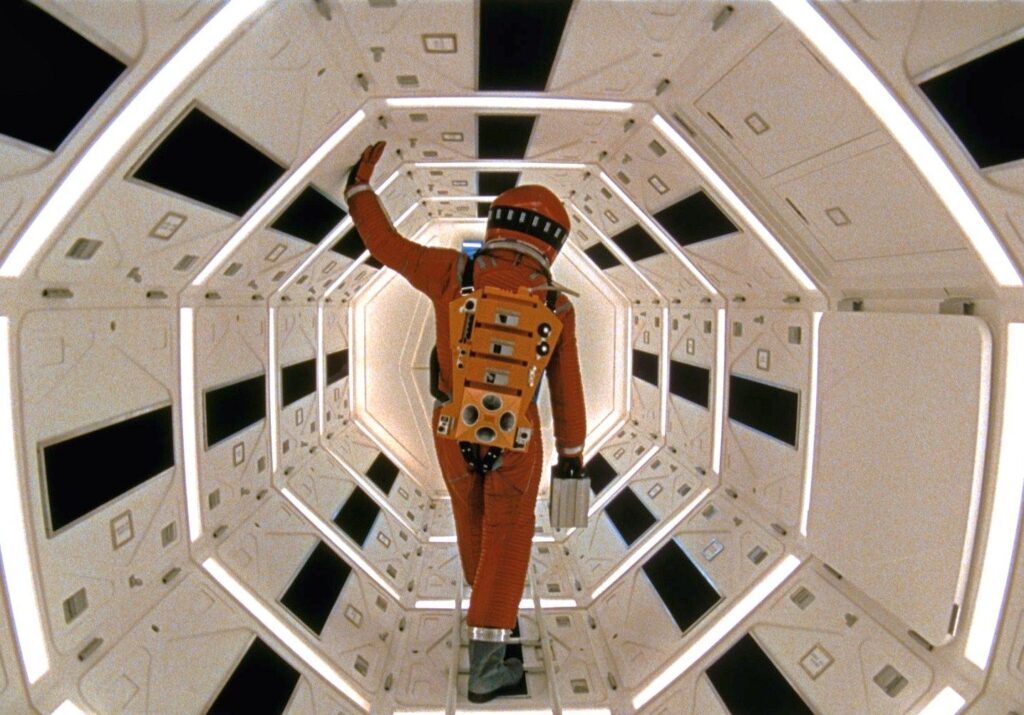
5. **From Bone to Cosmos: Humanity’s Leap in *2001: A Space Odyssey***Prepare for a journey that transcends time, space, and the very limits of human imagination. Stanley Kubrick’s *2001: A Space Odyssey* is not just a film; it’s a deeply cryptic and symbol-heavy science fiction epic, a true cinematic marvel. From the dawn of the primate age, through the intricate dance of spaceships, to the colorful and metaphysical themes of the climactic stargate sequence, the entire film is a goosebumpy, mind-bending experience that leaves you pondering humanity’s place in the universe.
One of the film’s most breathtaking and intellectually chilling moments occurs early on, illustrating the incredible trajectory of human evolution and technological advancement. We witness a group of apes discovering the use of tools – specifically, a bone – for both utility and, disturbingly, for violence, as one uses it to kill one of its own. It’s a visceral, primal scene that encapsulates the very beginning of human ingenuity and aggression, a defining moment in our species’ history.
Then, in a stroke of pure genius, the movie makes one of the longest time jumps imaginable. It suddenly cuts from an ape tossing the bone triumphantly into the air to a manmade satellite floating silently through space, set against the majestic, sweeping music of Johann Strauss. This single, instantaneous cut, spanning millions of years, is not just visually stunning; it’s profoundly philosophical. It’s a chill born of pure awe and a deep contemplation of our progress.
This iconic transition encapsulates all of human progress, from its first use of weapons to its exploration of space, in that one split-second of film. It’s a bold, silent statement about where we came from and where we might be headed, connecting our earliest violent impulses with our grandest scientific achievements. The chilling realization is that the same capacity for innovation that led us to the stars also gave us the means for self-destruction, leaving us with a lingering sense of wonder and perhaps, a touch of existential dread.
Alright, movie lovers, are you ready to continue this epic rollercoaster of emotions? We’ve already traversed technicolor dreams, delved into the depths of Hollywood madness, witnessed the chilling power of a crime family, felt the collective roar of a nation “mad as hell,” and soared through the vastness of space. But hold onto your popcorn, because our journey through the most unforgettable movie moments that give us chills is far from over! We’re diving back into the archives to unearth five more iconic scenes that redefined cinema, provoked existential thoughts, and delivered those ultimate, mind-blowing twists. These are the moments that truly stick with you, the ones you can watch a hundred times and still get that delightful shiver. Let’s not waste another second; the silver screen awaits!

6. **The Richest Man in Town: George Bailey’s Heartfelt Realization in *It’s a Wonderful Life***Okay, let’s be real, *It’s a Wonderful Life* might be synonymous with cozy holiday viewing, but don’t let that fool you! This isn’t just a feel-good classic; it bravely ventures into some incredibly dark and unsettling places. Before we get to the heartwarming crescendo, we witness George Bailey, portrayed by the incomparable Jimmy Stewart, facing utter despair. After a massive amount of money is misplaced – a monumental crisis for his small, struggling business – George is pushed to the brink, contemplating the ultimate, irreversible act: taking his own life. It’s a gut-wrenching portrayal of desperation that makes you truly feel the weight of his world collapsing.
This is where the magic, or perhaps, the divine intervention, truly kicks in. Fortunately, his guardian angel’s intervention convinces him otherwise. This profound, sometimes terrifying, journey through an alternate reality makes George realize his worth as a human being, understanding the immense, often unseen, impact he has had on countless lives. It’s not just about what he *did*, but who he *is* to the people around him. This pivotal experience convinces him that his life has immeasurable worth, even when he can’t see it himself. It’s a powerful reminder that our value isn’t always measured in dollars and cents.
The chill here isn’t one of fear, but of overwhelming, profound joy and emotional release. He runs screaming with unadulterated happiness through the snow-covered streets of Bedford Falls, and you can’t help but feel that surge of elation with him. He’s not just running; he’s reclaiming his life, every mistake, every triumph, every single person he’s touched. It’s a pure, infectious euphoria that makes your chest ache in the best possible way.
And then, the ultimate tear-jerker: he arrives home to find his entire community, the very people he thought he’d failed, has rallied around him. Once there, he finds his neighbors have taken up a collection to pay off his massive debts, and then we all cry forever. It’s a powerful, tangible demonstration of the love and respect he’s earned, showing him he truly is the “richest man in town” not in money, but in friendship and community. This scene doesn’t just give you chills; it makes you openly, unashamedly weep forever, reminding us all of the profound interconnectedness of humanity and the enduring power of kindness. It’s a beautiful, soul-stirring moment that solidifies its place among the all-time greats.
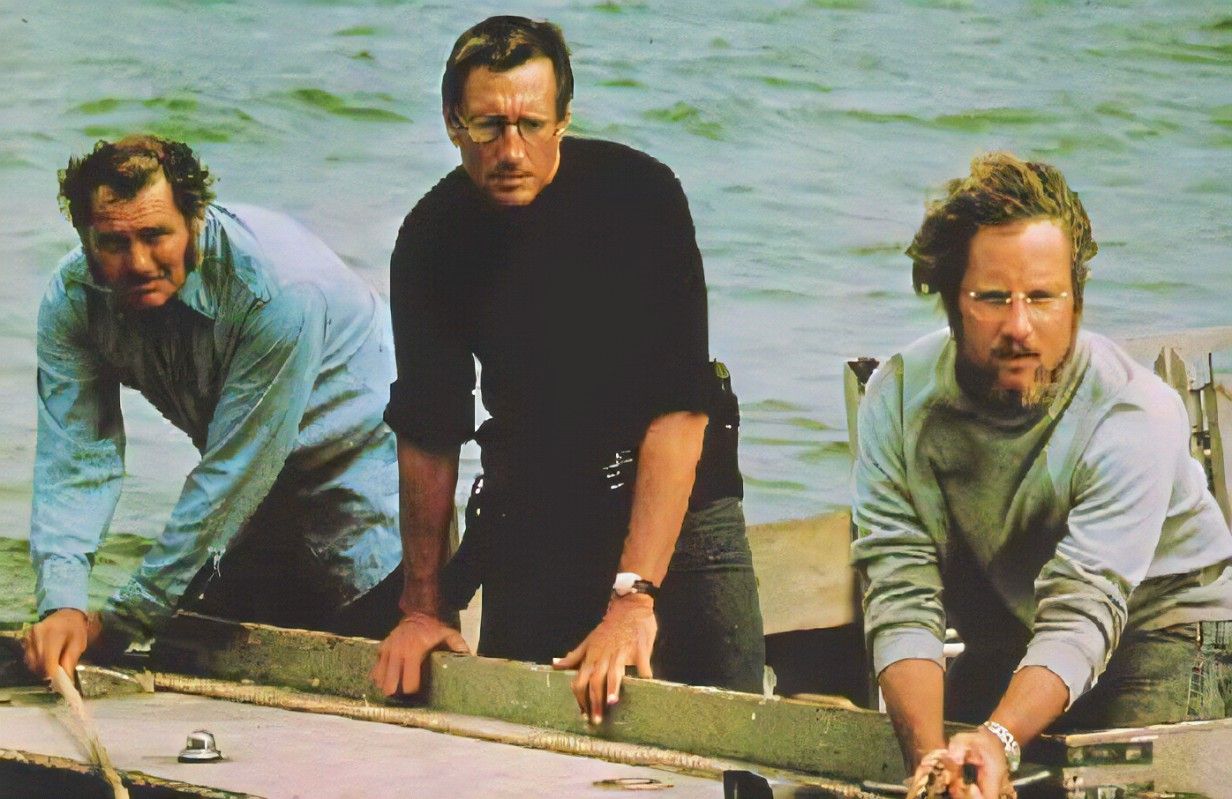
7. **Quint’s Indianapolis Story: A Quiet, Deeply Unsettling Monologue in *Jaws***You know *Jaws* for its iconic, heart-stopping scares – that dorsal fin slicing through the water, the terrifying attacks, the constant tension that keeps you on the edge of your seat. But let’s be honest, the moment that truly drills into your psyche, the one that makes your blood run cold in a way no jump scare ever could, isn’t when the shark attacks. It’s one of the film’s quietest scenes, a masterclass in atmospheric dread delivered by the legendary Robert Shaw as Quint. This monologue isn’t just a story; it’s a portal into a primal fear, a firsthand account of humanity’s vulnerability against the raw power of nature.
The setting is perfect: late one night in the bowels of his small ship. The three shark hunters – Brody, Hooper, and Quint – are drinking, sharing battle scars, and winding down. The single light in the frame flickers and sways with the rocking of the boat, casting long, dancing shadows that amplify the sense of isolation and creeping dread. It’s in this intimate, almost confessional atmosphere that Quint shares a true-life horror story that most of us wouldn’t even dream of.
He was among the survivors of the real-life sinking of the USS Indianapolis during World War II. After delivering atomic bomb components, their ship was torpedoed, sinking quickly. What followed was days of unimaginable terror, stranded in the open ocean. He watched and listened as his fellow soldiers, hundreds of them, were slowly, relentlessly picked off and devoured by sharks. He speaks of the screams, the silence, the constant threat beneath the surface, and the horrifying knowledge that these creatures were not just animals, but silent, efficient predators. His knowledge of how vicious these creatures can be comes firsthand, seared into his very soul.
Menacing English actor Robert Shaw delivers this whiskey-soaked monologue with an unmatched gravitas, transforming it into something akin to a campfire ghost story, but one that is terrifyingly, historically real. His voice, gruff and weathered, paints a vivid, horrifying picture in your mind, far more potent than any visual effect could achieve. The chill here is the unsettling realization of true helplessness, the raw, unadorned horror of being preyed upon with no escape. It’s a scene that doesn’t just make your spine tingle; it makes you question the vast, unforgiving power of the ocean and the fragility of human life within it, solidifying its place as one of the most iconic and genuinely chilling moments in film.
8. **“Here’s Looking At You, Kid”: A Bittersweet Farewell in *Casablanca***Ah, *Casablanca*. If there was ever a movie that perfectly blended melodrama with patriotism and duty, it’s this unforgettable wartime romance. This film is a masterclass in emotional conflict, where love, sacrifice, and destiny collide against the tumultuous backdrop of World War II. At its heart are Humphrey Bogart’s Rick Blaine, the seemingly cynical but deeply principled American expat, and Ingrid Bergman’s Ilsa Lund, the love of his life. Their connection is undeniable, a flame that defies the chaos around them, but their reunion is fraught with the harsh realities of a world at war.
The core of their poignant struggle lies in a heartbreaking realization: there’s a greater good to be served. Ilsa’s freedom fighter husband needs to get on a plane out of Casablanca. Despite the searing pain of their renewed romance, Rick and Ilsa understand that their personal happiness must be secondary to the cause of freedom. It’s a beautiful, agonizing representation of the immense sense of duty many Americans felt as the country’s men went off to war, a sacrifice of personal desire for a collective future.
This brings us to the iconic, gut-wrenching final scene at the airport. With fog swirling and a plane waiting, Rick delivers his immortal monologue to Ilsa before she boards. “Here’s looking at you, kid” isn’t just a line; it’s an entire universe of unspoken love, regret, and profound understanding packed into a handful of words. It’s a moment of selfless love, urging her to leave with Victor, knowing it means giving up his own happiness. Every word, every glance, every subtle nuance in Bogart’s performance is pure cinematic gold, making it still among the best dialogue ever written and delivered.
The chill here is one of profound, bittersweet sorrow and admiration. It’s the ache of a love story that *should* have been, juxtaposed with the nobility of a sacrifice made for something bigger than oneself. It’s a moment that resonates with anyone who has ever had to choose between personal desire and a greater purpose. *Casablanca* doesn’t just entertain; it reminds us of the profound strength found in duty, the quiet heroism in letting go, and the indelible mark that true love leaves, even when it’s destined to remain just a memory. This is why this scene, with its perfect blend of pathos and patriotism, continues to give audiences chills to this very day.
9. **The Statue of Liberty: A Devastating Twist in *Planet of the Apes***Hold up, movie buffs, because if you thought you knew twist endings, get ready for a mind-bending, jaw-dropping revelation that left audiences absolutely breathless back in 1968! Even an audience who had experienced the twist endings of “The Twilight Zone” were probably not prepared for the monumental shocker awaiting Charlton Heston at the climax of *Planet of the Apes*. This isn’t just a plot twist; it’s a seismic recontextualization of everything you thought you knew, delivering a chill that hits you right in the gut.
Throughout the entire film, Heston’s character, astronaut George Taylor, is convinced he’s crash-landed on some distant, alien planet where highly evolved, non-human primates reign supreme. We watch him struggle to survive, to understand, and to escape this strange, hostile world. The tension builds with every encounter, every chase, every revelation about the ape civilization. You’re fully immersed in the idea of this otherworldly adventure, rooting for him to find a way back home or at least comprehend his new reality.
But then, the final, horrifying shoe drops. At the end of the film, he and his companion come upon the ruins of the Statue of Liberty. That iconic symbol of freedom, half-buried in the sand, utterly destroyed, instantly shatters the illusion of an alien world. The camera zooms in on Heston’s face, contorted in a scream of pure, unadulterated horror and despair, as the devastating truth dawns on him.
To his horror, he realizes that he crash landed not on another planet but on an Earth far in the future. Mankind, in its infinite capacity for self-destruction, has destroyed itself with nuclear weapons and now apes are in charge. This revelation is a chilling, profound commentary on humanity’s hubris and its terrifying potential for self-annihilation. The chill here is an existential dread, a cold, hard slap of reality that forces us to confront our own destructive tendencies. It’s a powerful, unforgettable, and deeply disturbing moment that cemented *Planet of the Apes* as a sci-fi classic with a truly legendary, goosebump-inducing ending.

10. **The Shower Scene: A Masterclass in Suspense and Shock in *Psycho***Alright, here we are, folks, at the top of our spine-tingling countdown, with a moment so iconic, so revolutionary, and so utterly shocking that it fundamentally changed cinema forever! Back in 1960, audiences were simply not accustomed to seeing violence and nudity on screen. Alfred Hitchcock gave them both at once, delivering a scene that remains one of the most famous, and most disturbing, murder sequences in movie history. Get ready, because even if you’ve seen it a hundred times, it still gives you chills.
The setup is deceptively simple: Midway through *Psycho*, Marion Crane, our supposed protagonist, takes a shower in the Bates Motel. She’s vulnerable, alone, and seemingly safe. But then, a shadowy figure appears, a knife flashes, and the serene moment explodes into a terrifying ballet of violence. Jagged cuts and shrill strings on the soundtrack accompany what may be the most famous murder scene in movie history. It’s a brutal, visceral assault on the senses, leaving you breathless and utterly disoriented.
What makes this scene so chilling, beyond its explicit (for the time) depiction of violence, is the shocking twist: it’s a shocking and vicious end for the character we thought was our protagonist, abruptly and viciously murdered midway through the film. Hitchcock masterfully subverted all narrative expectations, pulling the rug out from under the audience in a way that had never been done before. It left viewers stunned, horrified, and completely disoriented, with no idea where the story would go next. It was a bold, daring move that redefined storytelling in thrillers.
Hitchcock had to battle with censors to stay true to his vision for the sequence, meticulously choreographing every cut, every sound, to maximize its impact while navigating the strict rules of the era. And boy, are we fortunate he did! The final result is not just a murder scene; it’s a prime example of why he was known as “the Master of Suspense.” This sequence is a masterclass in psychological manipulation, a perfect storm of technical brilliance and narrative audacity that continues to shock, thrill, and give audiences genuine, unforgettable chills, solidifying its place as arguably the most famous and influential scene in cinema history.
Whew! What an incredible ride through some of the most unforgettable moments in film history! From the tear-jerking realizations of home to the bone-chilling terror of an unseen predator, and from the bittersweet agony of impossible love to the mind-bending twists that redefine reality, these scenes prove that cinema’s power to give us chills comes in countless forms. Whether it’s a quiet monologue that tells a harrowing tale, a grand gesture of self-sacrifice, or a sudden, violent shock that leaves you gasping, these moments transcend their films and become etched into our collective memory. They remind us why we love movies, why we return to them again and again, and why the magic of the silver screen continues to captivate and thrill us. So, what classic movie moments did *we* miss that give *you* chills every single time? Tell us in the comments.



